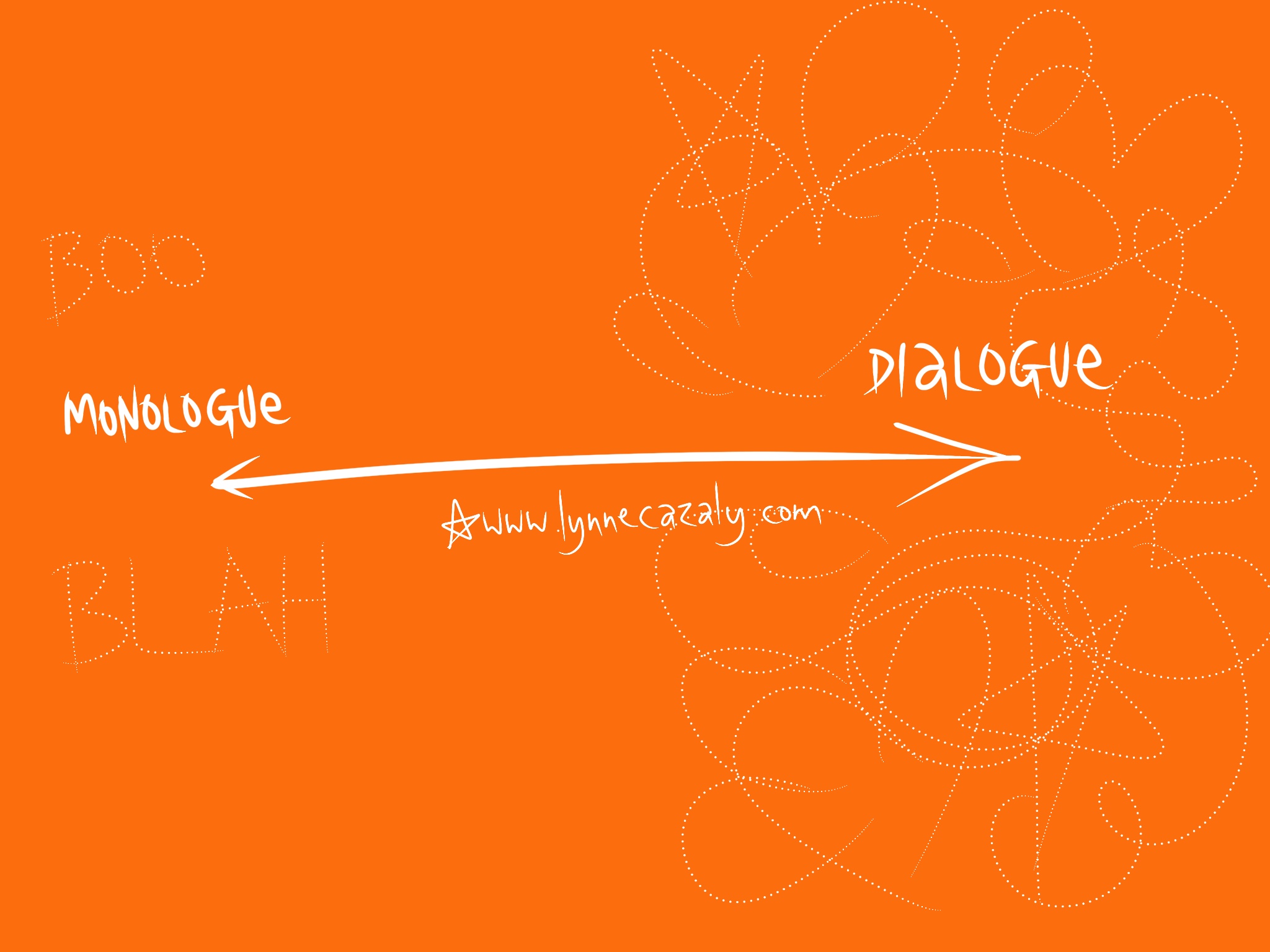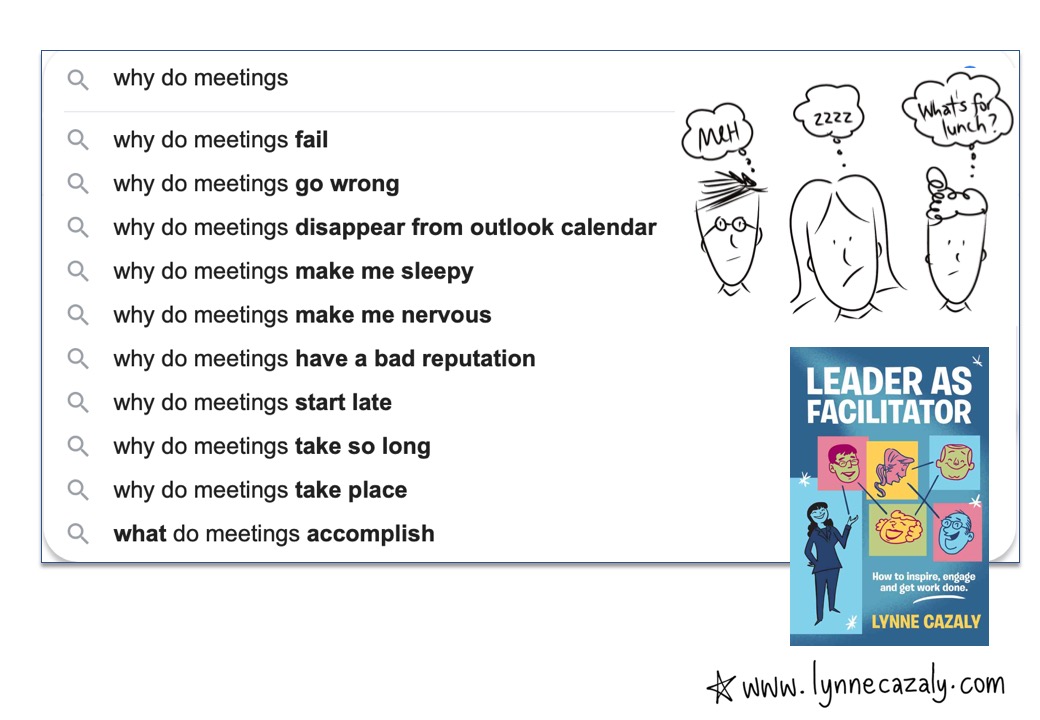TL; DR 'Too long; didn’t read'
 Monday, February 10, 2020 at 4:23PM
Monday, February 10, 2020 at 4:23PM  We’re drowning in it! Information overload from packs, keynotes, talks, sessions, webinars, meetings, presentations, conversations aarrrggh NOT TO MENTION OUR OWN THOUGHTS and Netflix binges, podcasts, audio books, Spotify playlists oh and pretty journals.
We’re drowning in it! Information overload from packs, keynotes, talks, sessions, webinars, meetings, presentations, conversations aarrrggh NOT TO MENTION OUR OWN THOUGHTS and Netflix binges, podcasts, audio books, Spotify playlists oh and pretty journals.
How do we take in more ...or just make better, quicker sense of things?
If you move from a mess to a list, to a pack, to a pic... all of these have pros and cons but the one that wins the race, the journey, the transformation is… the MAP.
We already enjoy a daily use of maps:
- Where is my food delivery?
- Why did the driver go down that street?
- Which is the quickest route to the cafe?
Maps have gone full circle (full globe?) from being crusty old, folded-the-wrong-way paper, to books of maps, to apps of maps. We know what maps look like and use them all the time. They guide and show us the unknown, unseen.
So it's too bad (and so silly) that more leaders don’t use maps instead of weighty wastes of slide decks that sucked weeks of time and tinkering from us. It could have all be done in 1/10th of the time, with 10x the impact ... with a map.
Do you map? Here’s one I prepared earlier :-)





















